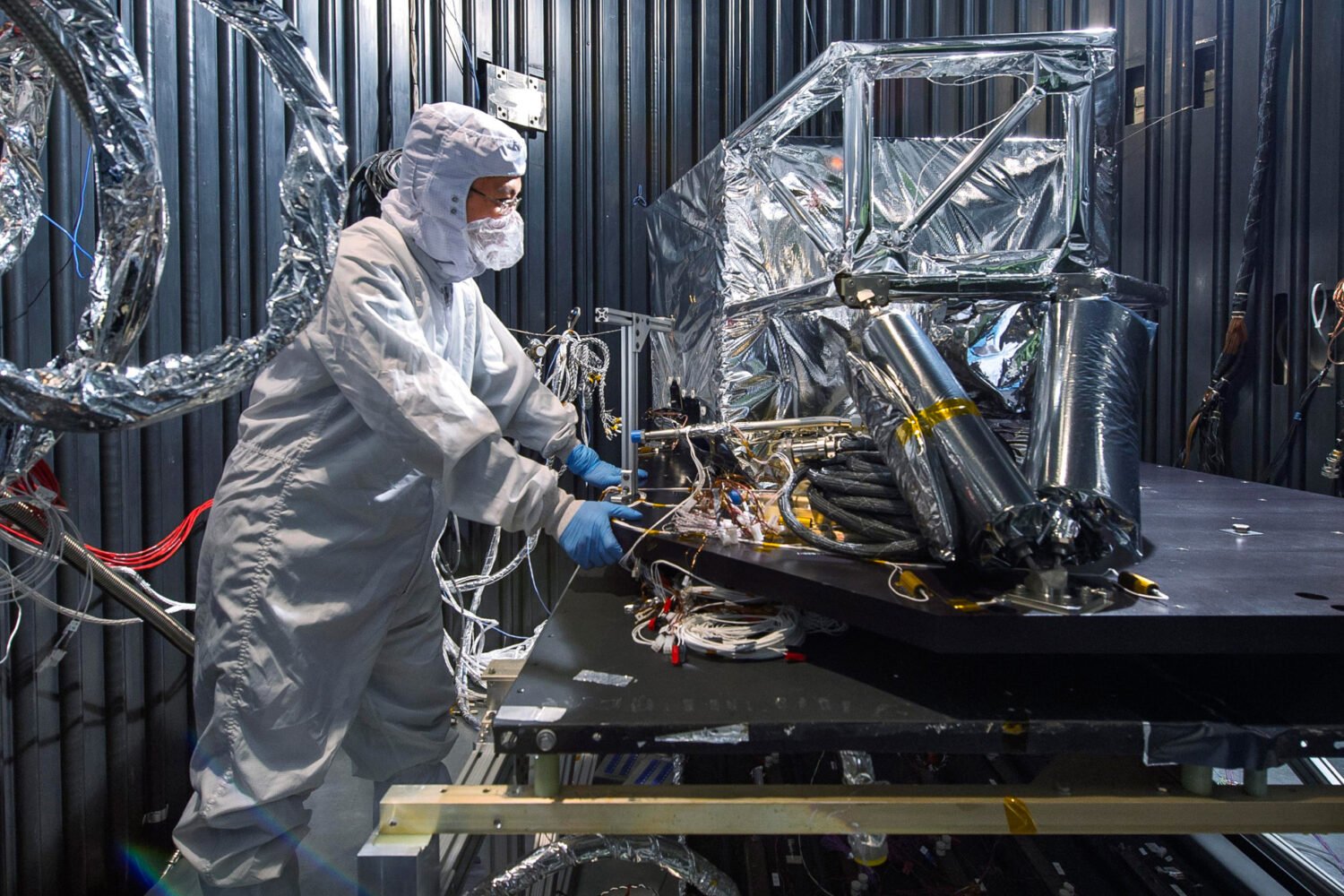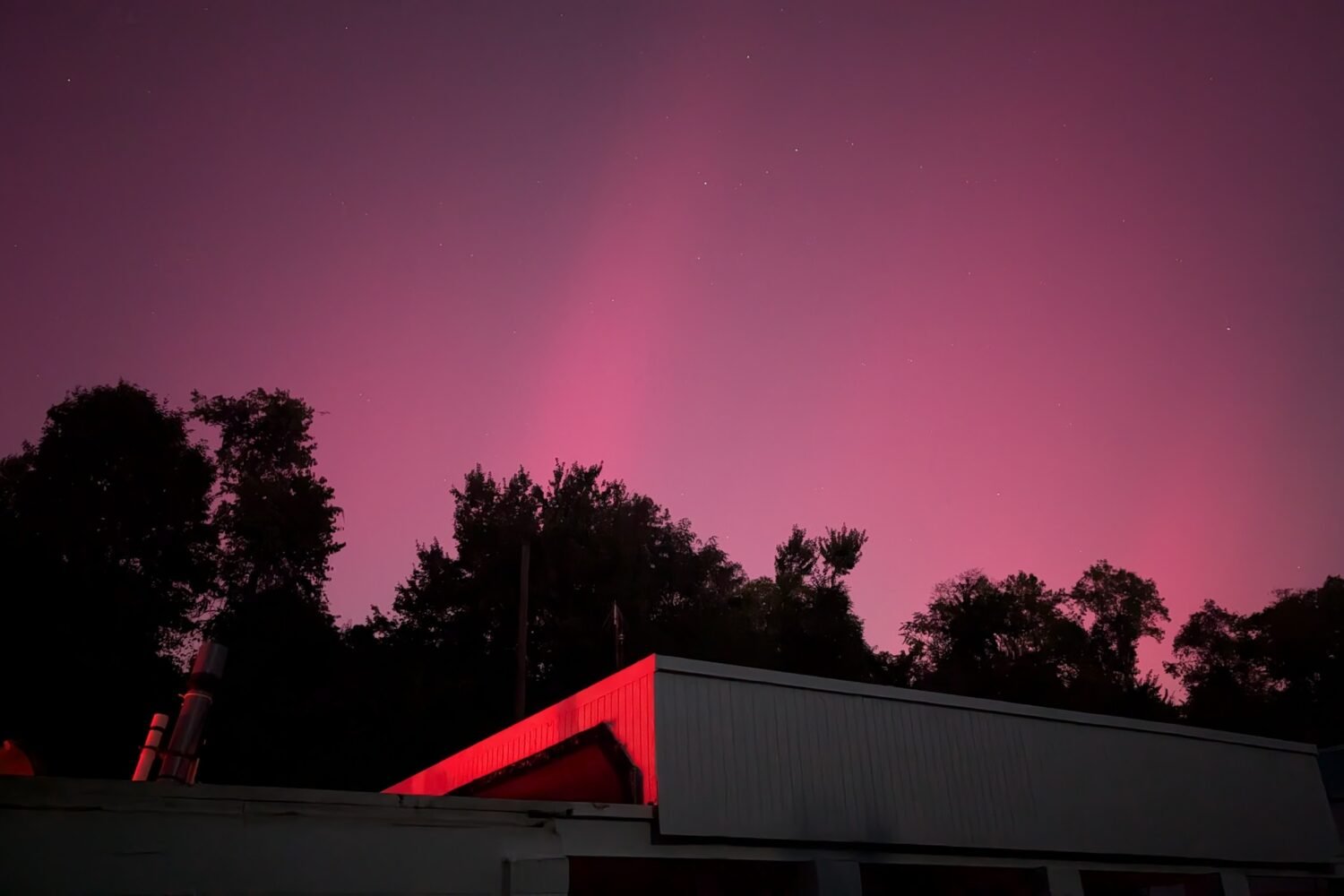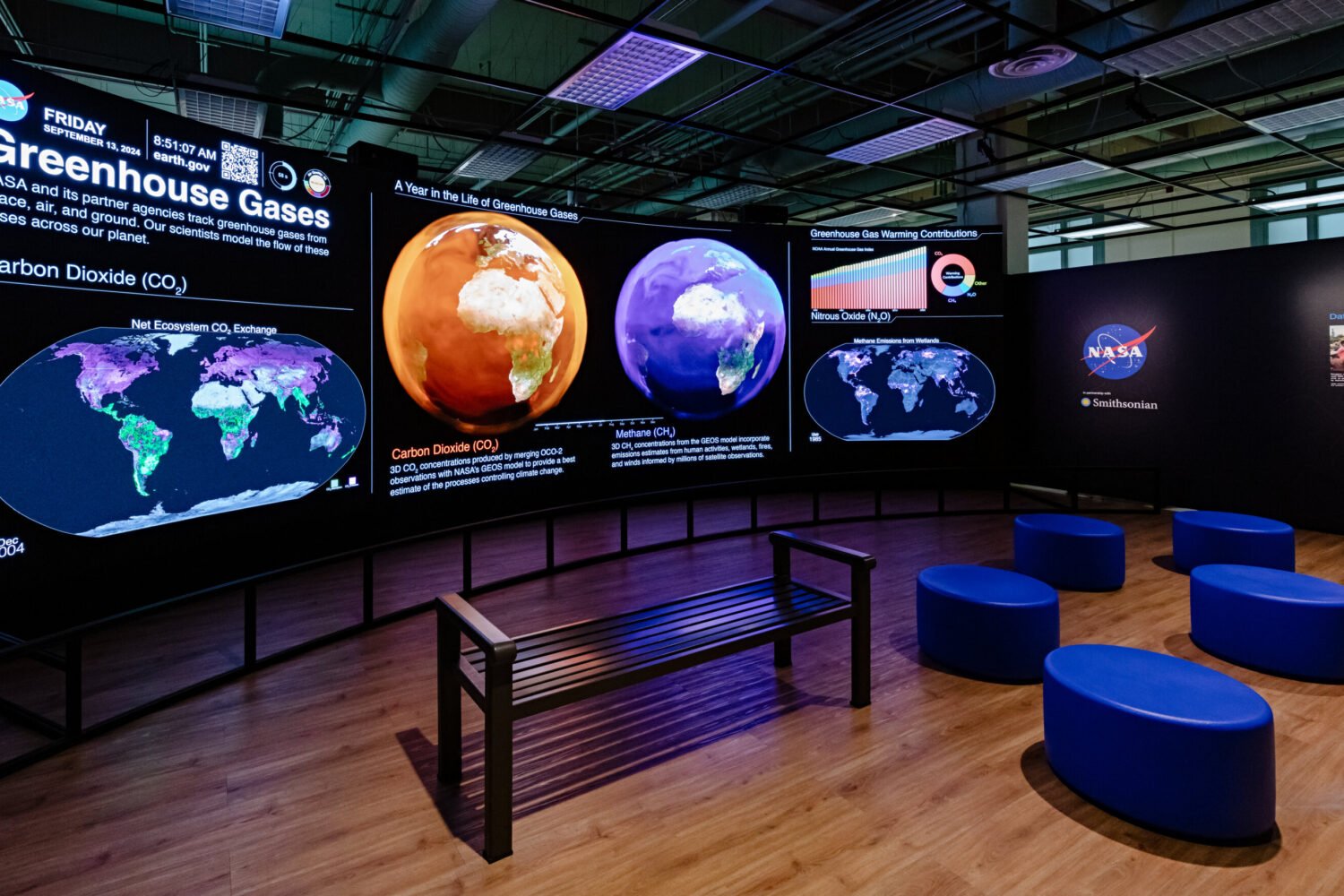The worst disaster in the US space program’s history played out in front of millions of television viewers 30 years ago this week when the Space Shuttle Challenger exploded 73 seconds after liftoff, killing all seven astronauts aboard. Along with the loss of lives, the Challenger’s destruction halted the shuttle program for nearly three years and prompted a rethinking of whether the US government should even be exploring outer space. What you might not know about the Challenger’s legacy is that Arlington National Cemetery is home to a memorial to the fallen spacecraft and a reminder of NASA’s durability.
In March 1987, 14 months after the explosion, Vice President George H.W. Bush joined the shuttle crew’s families and 400 spectators at the dedication of the Space Shuttle Challenger Memorial. The memorial, designed by Sarah LeClerc, is a slab of Vermont marble mounted with a bronze plaque featuring a seven-pointed star with a bas-relief of the Challenger at its center. Surrounding the star are the faces of the seven crew. Carved into the back is the aviation-themed poem “High Flight,” to which President Ronald Reagan alluded when he addressed the nation the night following the Challenger explosion.
The commemoration of the Challenger’s crew at Arlington took place over several installments. The identifiable remains collected after a three-month search of the Atlantic Ocean floor were transferred to the members’ families, who planned their own burials. Mission commander Francis Scobee and Navy Capt. Michael Smith were interred at Arlington National Cemetery in April 1986.
On May 20, the unidentifiable remains of Challenger’s crew was buried near Arlington’s Amphitheater and Scobee’s gravesite in Section 46 of the cemetery. A congressional resolution authorizing a memorial to the crew came several weeks later.
“We meet on these hallowed grounds… to honor seven astronauts who made the ultimate sacrifice for their country,” Bush said during the dedication ceremony the following spring. “We promise that we shall not forget. We will keep the program alive. We will complete the great voyage. We will move into the exciting future with confidence.”
The program also included a reading of “High Flight,” and a flyover by four jets as the final lines were read: “Oh, I have slipped the surly bonds of earth/And danced the skies on laughter-silvered wings.”
Thirty years later, the Challenger is still remembered by the millions who come to Arlington National Cemetery and visit the memorial that stands in the crew’s honor. NASA also has an annual day of remembrance for the Challenger crew as well as others who have died in accidents over the agency’s history.

















